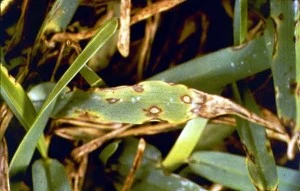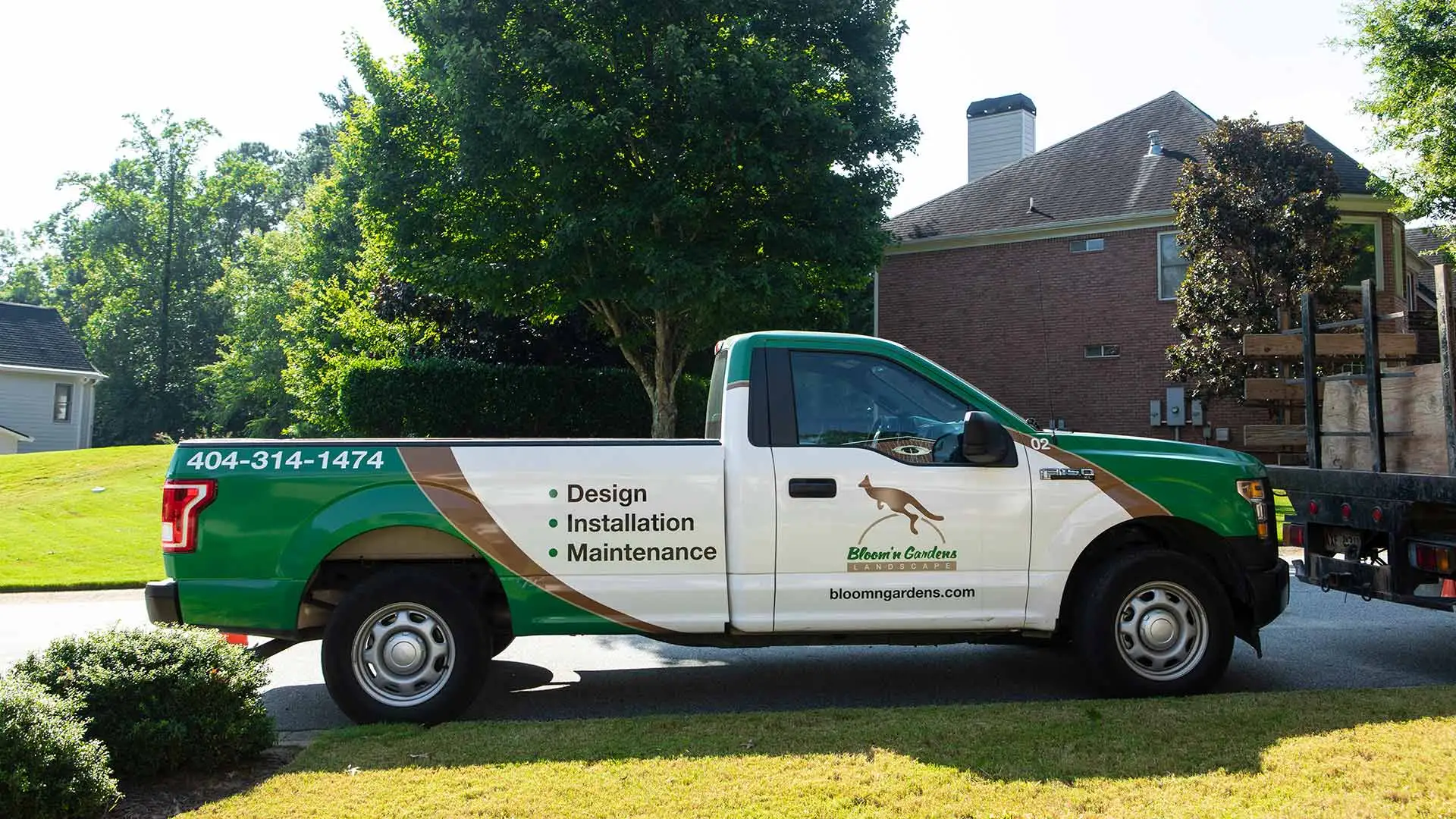 Ah summer, seems like all we do each winter is pine for summer. Well it is here and it is about to get hot. How do you think your yard and garden will fair in the scorching temperatures?
Ah summer, seems like all we do each winter is pine for summer. Well it is here and it is about to get hot. How do you think your yard and garden will fair in the scorching temperatures?
Summer temperatures can brutally affect the overall health and look of your landscape. Not to mention how the abundance of rain may actually do more harm than good as we move into the hot summer months. As a precaution it is always best to spend some time now preparing your garden or yard space and then you must take a proactive approach in combating the issues that arise before they get out of hand.
If you were to play the word association game, when I say Rain, what is the first word that pops into your head? For me it would be…………FUNGUS. An abundance of rain brings the exact environment that fungus just thrives in. Although you need to be on the lookout for signs of fungus on your shrubs and annuals, the number one area of your yard you should be concerned about is your lawn.
All types of lawn grasses are susceptible to fungus but be extra diligent monitoring your fescue and zoysia lawns. The first step in treating the issue is making a correct diagnosis. The University of North Carolina has a great resource for determining disease in turfgrass, check out the link at turfdiseaseid.ncsu.edu.
In the end you may be able to do little to prevent the spread of fungus through the lawn, it can become expensive and time consuming, but there are other things that are more readily doable in protecting your overall landscape in the deep heat of the summer.
The number one surefire way to help a landscape limp through the summer heat is making sure your beds have a nice thick layer of mulch to hold moisture and keep roots cool. If protection is your only concern, it matters very little which type of mulch you use.
Ground up leaves work just as well as high priced, store bought, chemically colored hardwood you can buy from your big box store. Steer away from man-made or aggregate mulches, like shredded rubber or river stones, they may sound like a more permanent solution, but the drawback is they actually hold in the heat and may cause more stress to a plants root system.
Here in the south, there is always the debate which is better Pine Straw or Bark Mulch? I say it is a personal preference similar to the Mattress debate of Select Comfort vs. Tempurpedic. No matter, whichever method you choose, make sure to maintain a 2-4” thickness as we move into the heat of the summer. Your plants will be thankful for the added blanket.
Even if your plants root system is happy, shrubs can easily be attacked by unwanted insects that are foraging for food or places to reproduce. The first line of defense, when dealing with pests, is to choose the right plant for the right place. Just like kids, happy, well-adjusted plants simply thrive and do not feel the effects of an insect infestation as much as plants that are under stress. In this situation, you can simply let nature take its course.
If insects become a real issue and you do not mind applying chemicals, there are some great products on the market. My go to insecticide is Bayer Tree and Shrub. It is a systemic insecticide that actually is absorbed into the leaves of a plant, effectively turning it toxic to insects. An insect pierces the leaf surface to drink the fine juices and BAM! It will keel over faster than a drunken sailor. This product works on a wide variety of insects and plants, but when working with chemicals, you must always READ THE LABEL.
Lastly, don’t forget your landscape while you are on vacation. Things can turn very quickly in the landscape, so if you decide to leave on holiday, designate a trusted friend or professional to take care of your plants while you’re away. Depending on the plant, daily water may be crucial to its survival. Don’t let them suffer while you’re away.



Comments (0)
Thanks for your comment!
Thanks for your feedback! Your comments have been successfully submitted! Please note, all comments require admin approval prior to display.
Error submitting comment!
There is a problem with your comment, please see below and try again.